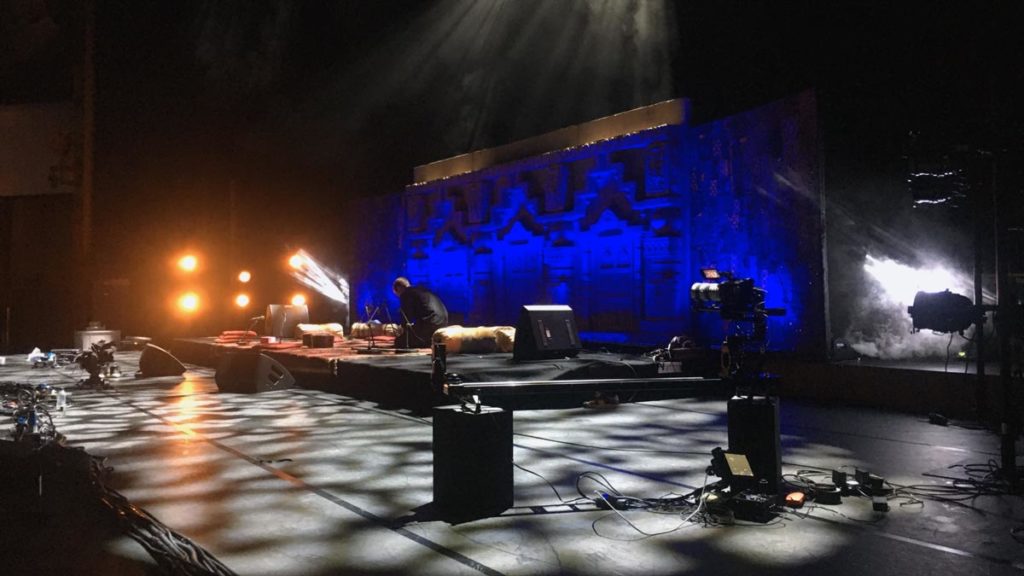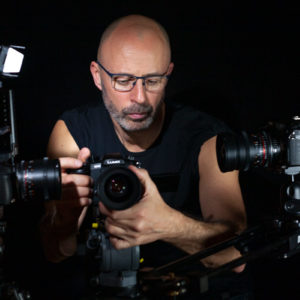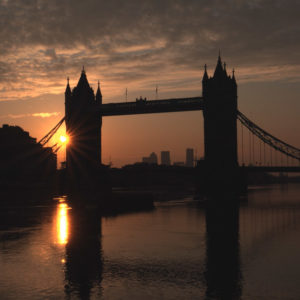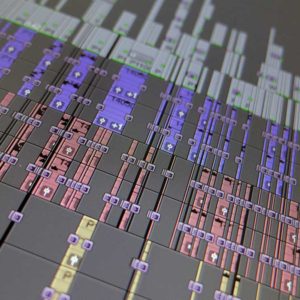Explaining my assignment working as a motion control cameraman that took place both in the Milton Court and the Barbican main concert hall in London over a period of four days. My specific role was to film close moving shots of the performing artists, for ten stage-based performances.

Filming stage performances
I was commissioned by the Darbar Festival 2019 to work as a motion control cameraman and become a member of their camera crew for their annual music festival. This annual festival brought together some of the most talented Indian classical musicians in the world. Darbar’s own filming kit includes the latest Kessler Motion Control rig which they had not previously used during live performances. They were keen that this should be utilised for these events to supplement the variety of shots to be captured by 6 other cameras. Having had no previous experience with this particular rig, I went to Darbar’s London HQ two weeks before the event to familiarise myself with it. This Kessler rig is comprised of the CineSlider, Kessler Second Shooter and Second Shooter Plus, Digital Rev Head and Digital Control Center (DCC). For the filming of these events at the Barbican, Darbar’s proposed operational plan was to position the Kessler Motion Control slider rig itself close to the artists for their live performances on stage and for myself, (out of the audience’s sight off-stage) to be operating the unit’s controls via a long connecting lead.
Benefits of motion control
In preparation for testing, I found the Kessler product videos helpful (see links below). When testing the rig, I found I was able to use the joystick and buttons on the Digital Control Center to re-position the mounted camera using the slide, pan and tilt controls and to also adjust the lens focus. When operating in the digital programme mode, I found I could set either two or three keyframes and then set the camera to loop its position through these keyframes whilst also having the flexibility to adjust speed and ramping as required. All this control would allow me to interact with the artists to film beautiful slow camera slide movements of their live performances.
Barbican filming
The crew assembled very early on the first day of the Darbar Festival as there was a huge amount of preparation to be done in advance of the first events. After building the DCC rig on the stage of the Milton Theatre at the Barbican, a 50-foot long Kessler control cable was connected to it to facilitate my off-stage control. Unfortunately, this cable supplied as part of the DCC kit appeared to be too long for the signals to control the motors of the unit and it was surprising to find that it could not operate as intended at this distance. However, it was found to function correctly with a much shorter cable and, in order that the benefits of the Motion Control Rig could still be utilised for all the stage events, I was tasked with sitting next to the slider rig actually on the stage with the performers.
Filming with Kessler slider
The Kessler Motion Control Rig had a few features and settings that required some initial study to understand its range of capabilities. For example, once each Axis control motor was connected to the Second Shooter and Second Shooter Plus, a series of settings then needed to be set up with the Digital Control Centre (DCC). Each Axis needed to be named and then the JTK configuration settings needed to be set correctly. For my purposes, these settings include:
SLIDER CCW L/R
PAN CW ROT
TILT CW U/D
FOCUS CW ROT
The DCC has no mains control button and so I found it could only be turned off by disconnecting the power supply. I then learned that, when disconnected from the mains, all my above settings were lost and all had to be re-entered.
Motion control rig calibration
After inputting the digital settings, the next requirement was to calibrate the rig. The calibration enables the operator to set the range of movements that camera, lens and rig set up would safely allow for. Each range of movement (slide, pan, tilt and focus) required two settings. With the camera and lens mounted and rig in position, I was able to explore the full range of possible movements that all the attached cables would allow for. I then set two parameters for each movement Axis, which ensured that any future programmable move would be safe to use when filming so close to the artists and their equipment.
Rig and cable movements
Whilst the Kessler product videos are helpful to watch, they only demonstrate a Motion Control unit running a camera without any attached cables. There is no video demonstration of the DCC with cables attached. My set up for this Music Festival required the attachment of a number of cables. I was filming with a Sony FS5 camera. The final cable loom connected to the Digital Rev Head comprised of mains power to the camera, Camera HDMI feed to an Atomos Shogun for 10-bit recording, and a cable for each of the three pan, tilt and focus motors. An important part of setting up the rig is to ensure that all attached cables can move freely over the whole range of four-axis movements, across the full length of the slider, and without putting any drag on the unit itself and without causing any interference to those involved in performing or filming. Placing some black cloth under the cable loom helped prevent any noise from the moving loom during the on-stage performances.
Digital Rev head stuck
Another key take away that I learned from my on-the-job testing was that if the slider was not calibrated and if the slide went to the limit of its travel, the Digital Rev Head would get stuck at the end of the slider. When this occurred, it appeared to me that the only way I could get this to work again was to disconnect the slider motor and belt and wind the head manually away from the end of the slider. So it is obviously essential to calibrate the slider first and set the range of slider movements to just short of maximum travel to prevent the head from getting stuck.
Onstage cameraman
Once I had become familiar with the Kessler rig set-up requirements, I was able to film some beautiful smooth movements from my lotus position close to the artists on the side of the stage. On the final day of four days of filming, during a soundcheck, I decided to explore using the longer Sony 70-200mm F2.8 lens. However, for my camera set up, this longer and heavier lens then induced a wobble into the smooth slides and so I had to revert to the original lens. Perhaps a heavier camera body would have added stability and allowed the use of this long lens.
Lotus position cameraman
Once I had gained insight into the operation of the Kessler slider it all worked seamlessly. I was able to take direction during the performances to create some programmed moves that were then repeated with the DCC loop setting. It was a real privilege to film and enjoy ten performances of beautiful Indian Classical music so close to the stage. I’m glad I was flexible enough to remain as still as possible during long hours of filming there on stage. In total, the Darbar team had seven cameras filming each performance. The filmed performances will be edited and then shown on Darbar’s own platform and on Sky Arts as previous years’ Festivals have been.
With over 15 years of experience in broadcast video production, I offer a range of freelance skills including data wrangling, video editing and videography.
Links to Kessler videos
Here is a link to the Kessler website which you may find helpful.
Second Shooter description and information.
You might also like to read some of my other blog articles:



